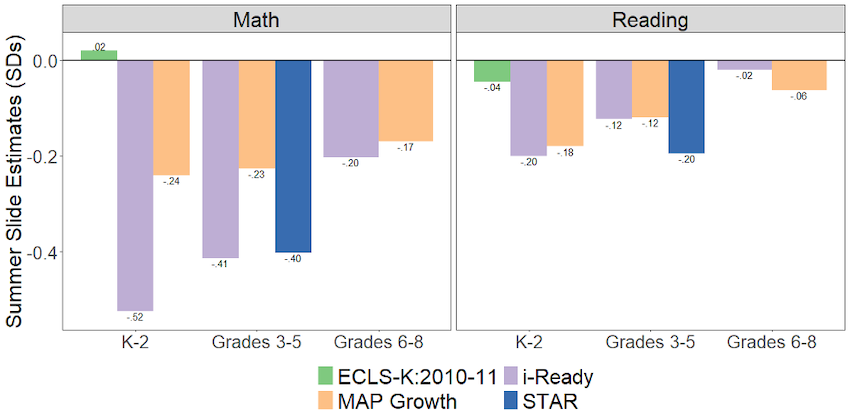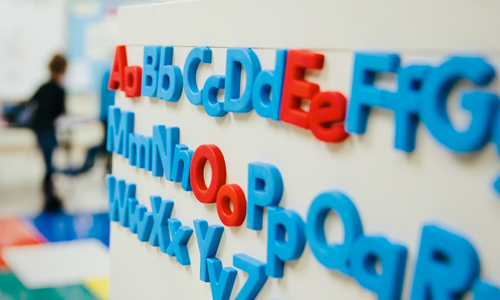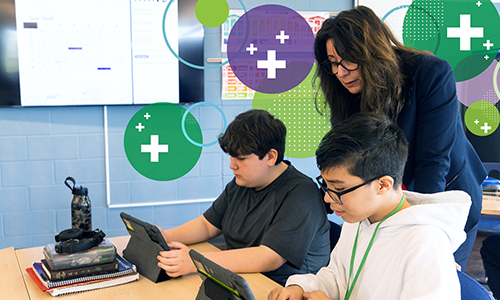Concerns about students losing ground academically during summer break go back at least a century, with early evidence suggesting that summer contributed to large disparities in students’ outcomes. This narrative spurred expansion of a variety of summer programs and interventions aimed at stemming summer learning loss.
However, in the last five years, there has been a spirited debate about two long-standing questions about students’ summers: 1) the degree to which test scores actually drop during the summer and 2) the degree to which summer break contributes to educational inequities. A new layer to this conversation is the response to the learning disruptions caused by the COVID-19 pandemic. School leaders and policymakers have used the summer break as a potential time for academic recovery. Summer programs have emerged as one of the most popular recovery strategies offered by school districts, with an estimated $5.8 billion of ESSER funds expected to be spent on summer programs by September 2024.
With more focus on the impact of summer on students’ learning and the potential to extend the school year, it is essential for educators, policymakers, and families to have an up-to-date understanding of the impact of summer breaks on students’ learning patterns. In this post, we aim to highlight what is known about summer learning loss by quickly summarizing recent research and posing some questions that remain unanswered about the role of summers on students’ learning.
Students’ test scores flatten or drop during the summer
While our initial understanding of summer learning loss dates back to studies conducted in the 70s and 80s, a recent collection of studies in the last six years provides a fresh look at students’ learning across summers using four modern assessments (ECLS-K direct cognitive tests, MAP® Growth™, Star, and i-Ready) with large national (though not typically nationally representative) samples. See “School’s out: The role of summers in understanding achievement disparities,” “When does inequality grow? School, summer, and achievement gaps,” “Evidence of ‘summer learning loss’ on the i-Ready diagnostic assessment,” “Findings on summer learning loss often fail to replicate, even in recent data,” and “Inequality in reading and math skills forms mainly before kindergarten: A replication, and partial correction, of ‘Are schools the great equalizer?’”
Figure 1 compares the test score patterns across four different studies. Three important patterns stand out:
- On average, test scores flatten or drop during the summer, with larger drops typically in math than reading.
- Studies using test scores from ECLS-K:2011 show that student learning slows down but does not drop over the summers after kindergarten and first grade. However, research using interim and diagnostic assessments (MAP Growth, Star, and i-Ready) has found far larger summer drops across a range of grade levels.
- Given the sizable differences in the magnitude of test score drops across tests, it remains uncertain whether summer slide should be considered a trivial issue or a serious educational challenge.
Figure 1. Comparison of summer slide estimates across datasets

Note: All estimates are reported as the total average summer test score change in standard deviation (SD) units relative to the prior spring test score. Whenever possible, we report the estimate that adjusted scores for time in school prior/after testing in the fall and spring. Sources: Author calculations based on data reported in ECLS-K:20210-11, MAP Growth, i-Ready, and Star.
Who is most likely to show summer learning loss?
While all three diagnostic assessments show some degree of summer slide in grades 3–8 on average, the research community lacks consensus about whether summers disproportionately impact certain students. Paul von Hippel and colleagues have pointed out that whether and how much summers contribute to educational inequalities (across students of different income levels, races, ethnicities, and genders) depends on the test used to study students’ learning patterns. Nonetheless, we can present a few key patterns from this line of research:
- Learning rates are more variable during the summer than during the school year. See “School’s out: The role of summers in understanding achievement disparities,” “When does inequality grow? School, summer, and achievement gaps,” and “Inequality in reading and math skills forms mainly before kindergarten: A replication, and partial correction, of ‘Are schools the great equalizer?’”
- Gaps between students attending low- and high-poverty schools do not consistently widen during the summer. See “Is summer learning loss real, and does it widen test score gaps by family income?” and “Is summer learning loss real?”
- Test score differences between Black and white students hold steady or narrow during the summer. See “Do test score gaps grow before, during, or between the school years? Measurement artifacts and what we know in spite of them” and “When does inequality grow? School, summer, and achievement gaps,” though results can be sensitive to the metric and test used. See also “Black-white summer learning gaps: Interpreting the variability of estimates across representations” and “Findings on summer learning loss often fail to replicate, even in recent data.”
- The field cannot really explain why differences in students’ summer learning occur. See “Rethinking summer slide: The more you gain, the more you lose” and “Inequality in reading and math skills forms mainly before kindergarten: A replication, and partial correction, of ‘Are schools the great equalizer?’”
Planning effective summer programming
It is clear across recent studies that summer is a particularly variable time for students. Summer break is also increasingly a time in which districts are offering a range of academic offerings.
During summer 2022, an estimated 90% of school districts offered summer programs with an academic focus. However, evidence on the effectiveness of academic summer programs during and after the COVID-19 pandemic is limited. One study of eight summer programs in summer 2022 found a small positive impact on math test scores (0.03 SD), but not on reading. The improvements in math were largely driven by elementary students compared to middle schoolers. However, the effectiveness of these programs remained consistent across student groups, including race/ethnicity, poverty, and English learner status.
It is crucial to recognize the challenges associated with scaling up summer programs. In the districts studied, only 13% of students participated in the summer programs, which only lasted for an average of three to four weeks. Prior research indicates that for summer programs to yield measurable academic benefits, they should run at least five weeks with at least three hours of instruction a day. Additionally, getting students to regularly attend summer programs remains a significant hurdle. To address this issue, districts should actively recruit families to participate and offer a mix of academic instruction and engaging extracurricular activities. By adopting these strategies, districts can maximize the effectiveness of their summer programs and better support student learning during the break.
If you’re interested in learning more about effective summer programs, we encourage you to read the following:
- “Effective summer programming: What educators and policymakers should know”
- “Investing in successful summer programs: A review of evidence under the Every Student Succeeds Act”
- “Analysis: Summer learning is more popular than ever. How to make sure your district’s program is effective”
- “The impact of summer learning programs on low-income children’s mathematics achievement: A meta-analysis”
- “The effects of summer reading on low-income children’s literacy achievement from kindergarten to grade 8: A meta-analysis of classroom and home interventions”






